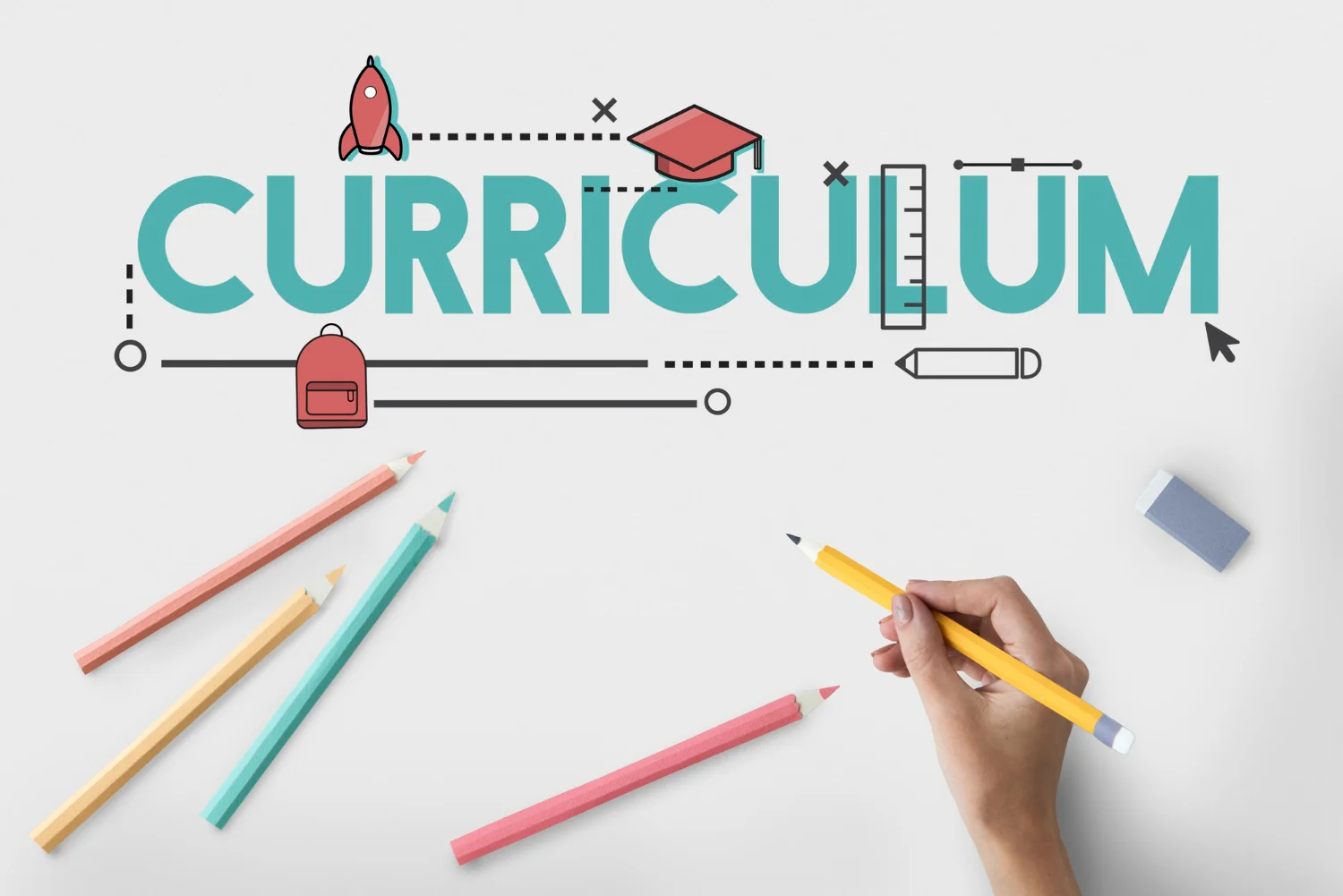CBE is a learner-centered model that emphasizes mastering specific competencies. CBE differs from traditional education, noting the time-based grading and standardized curricula as drawbacks in favor of achieving specific learning outcomes.
Principles of Competency-Based Education
Student-Centered Learning: With CBE, students are more in charge of their learning and progress at their own pace.
Progression Based on Mastery: Students advance to the next level only as they demonstrate mastery of required competencies.
Customized Learning Pathways: CBE provides customized learning pathways that cater to different student needs and learning styles.
Real World Assessments: Assessments are more aligned with actual skills and content knowledge.
Individualized Learning: CBE allows for personalized ways of learning. When students stumble because they are not as proficient in a certain skill or subject, they can move on, only to be tested later or allowed to continue to gain strengths and weaknesses before moving forward.
Advantages of Competency-Based Education
Enhanced student engagement : CBE can increase the motivation of students by allowing them to work at their own pace and pursue projects they are interested in.
Deeper Learning: Mastery over quantity – students grow more than just through assignments completion.
Better Student Outcomes: CBE has been proven to increase student performance and graduation rates.
More Flexibility: Compared to traditional learning, CBE allows for a more flexible pace and time or location of delivery.
Relevant Skills for Life: CBE could also help learners get real-life skills to thrive in college and careers.
Competency-Based Education Implementation
In order to do CBE, schools and districts need to:
Step 1: Define Competencies Specifically identify the skills and knowledge needed for students to master.
Design adaptable learning spaces: Spaces that are conducive to student-centered, personalized learning;
Design Real-World Assessments: Produce assessments that test learner proficiency in competencies.
Give timely feedback: Provide immediate and specific feedback for the students to enhance.
Use Technology: Well, technology can be used to personalize learning and connect students to different kinds of resources.
Competency-based education bridges that gap, providing a more equitable and effective learning experience for all the students to realize their fullest potential.



